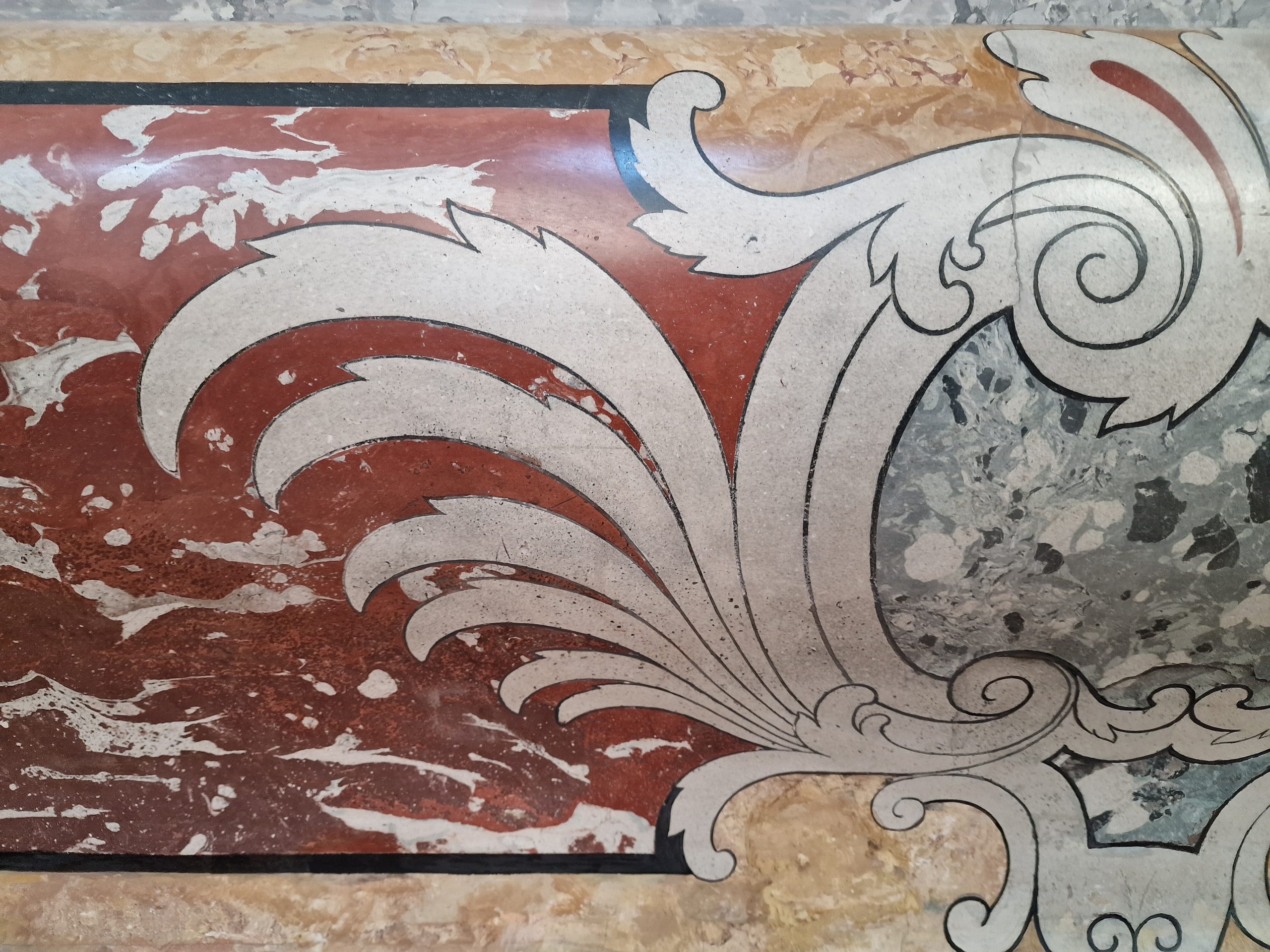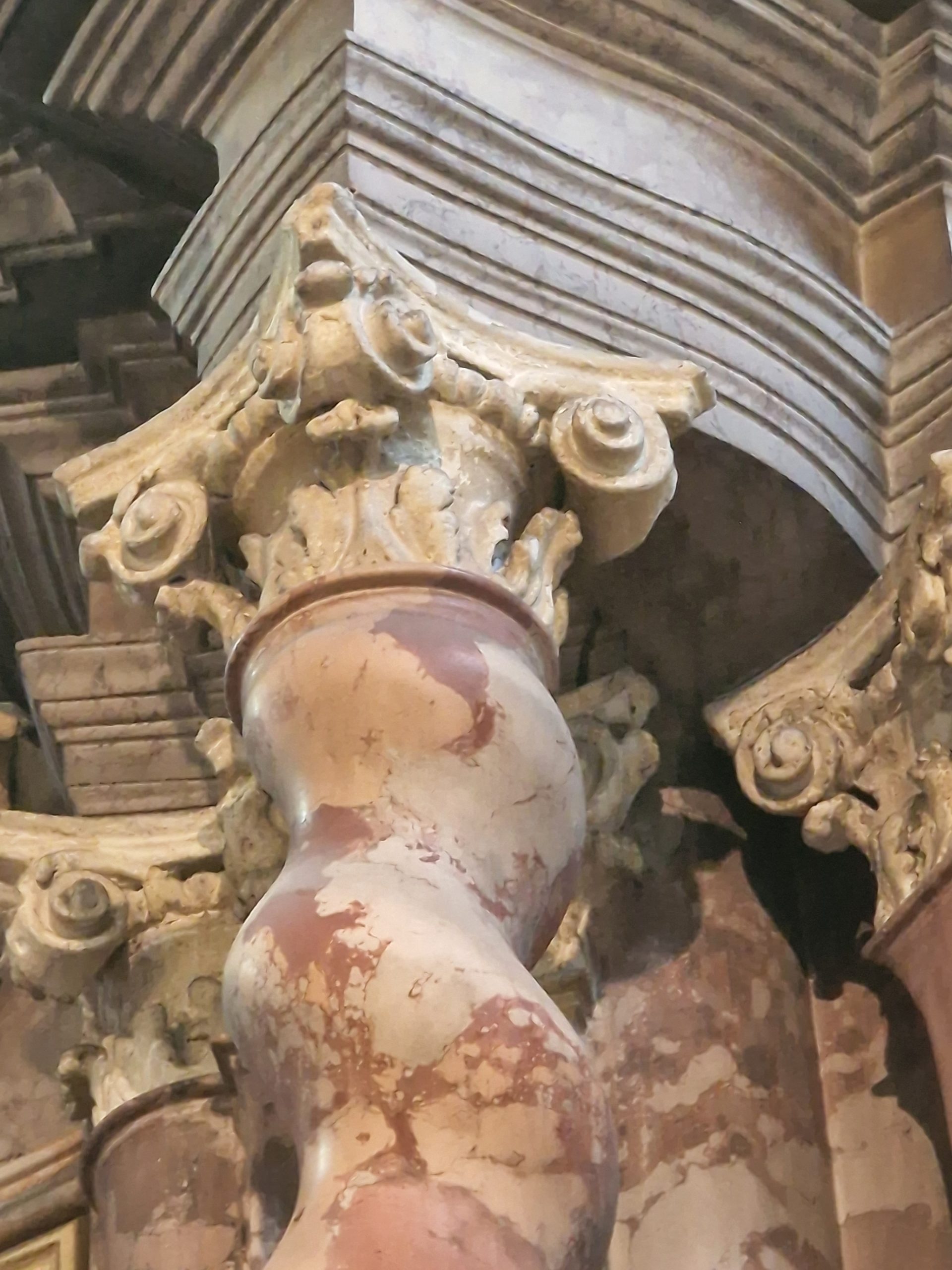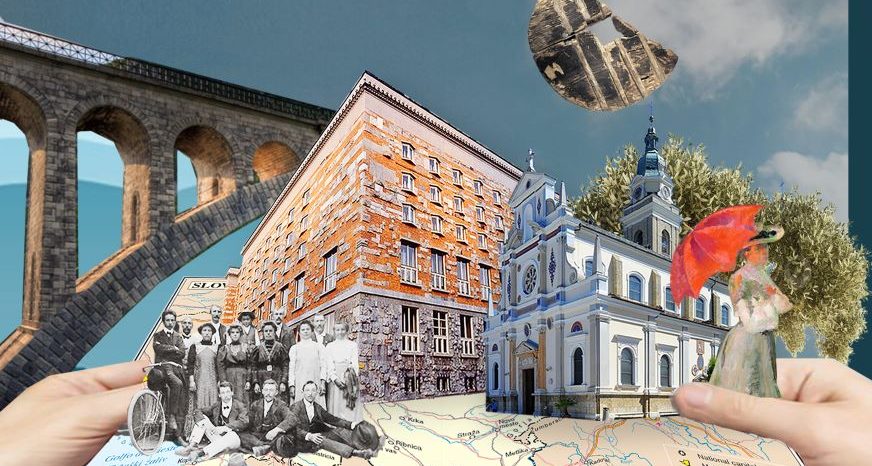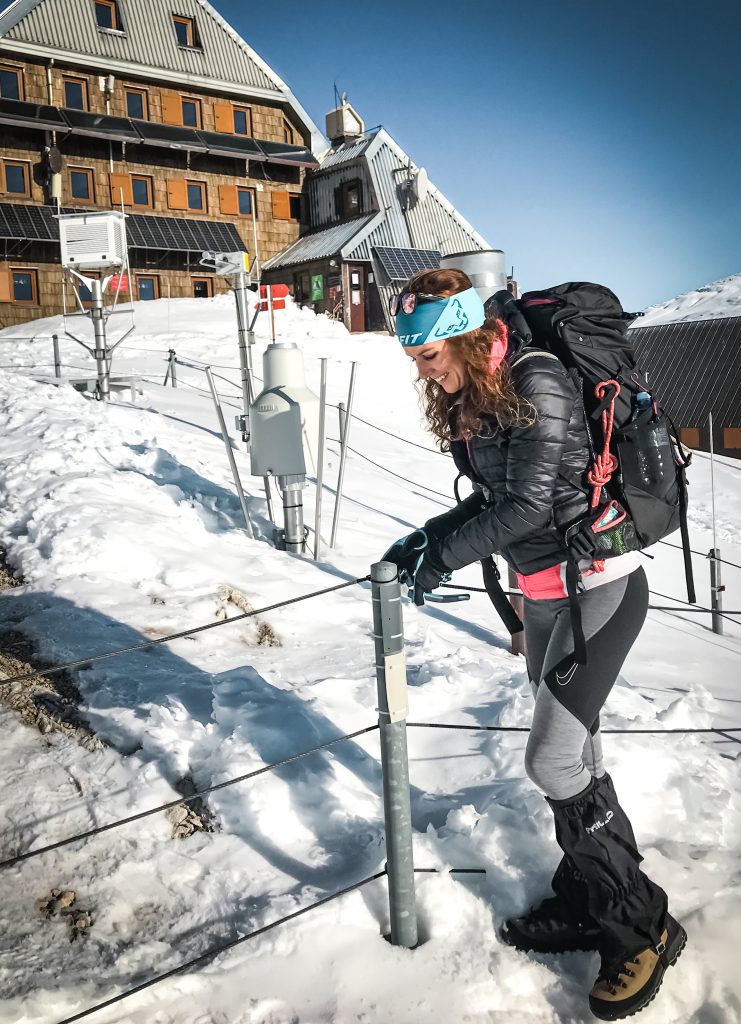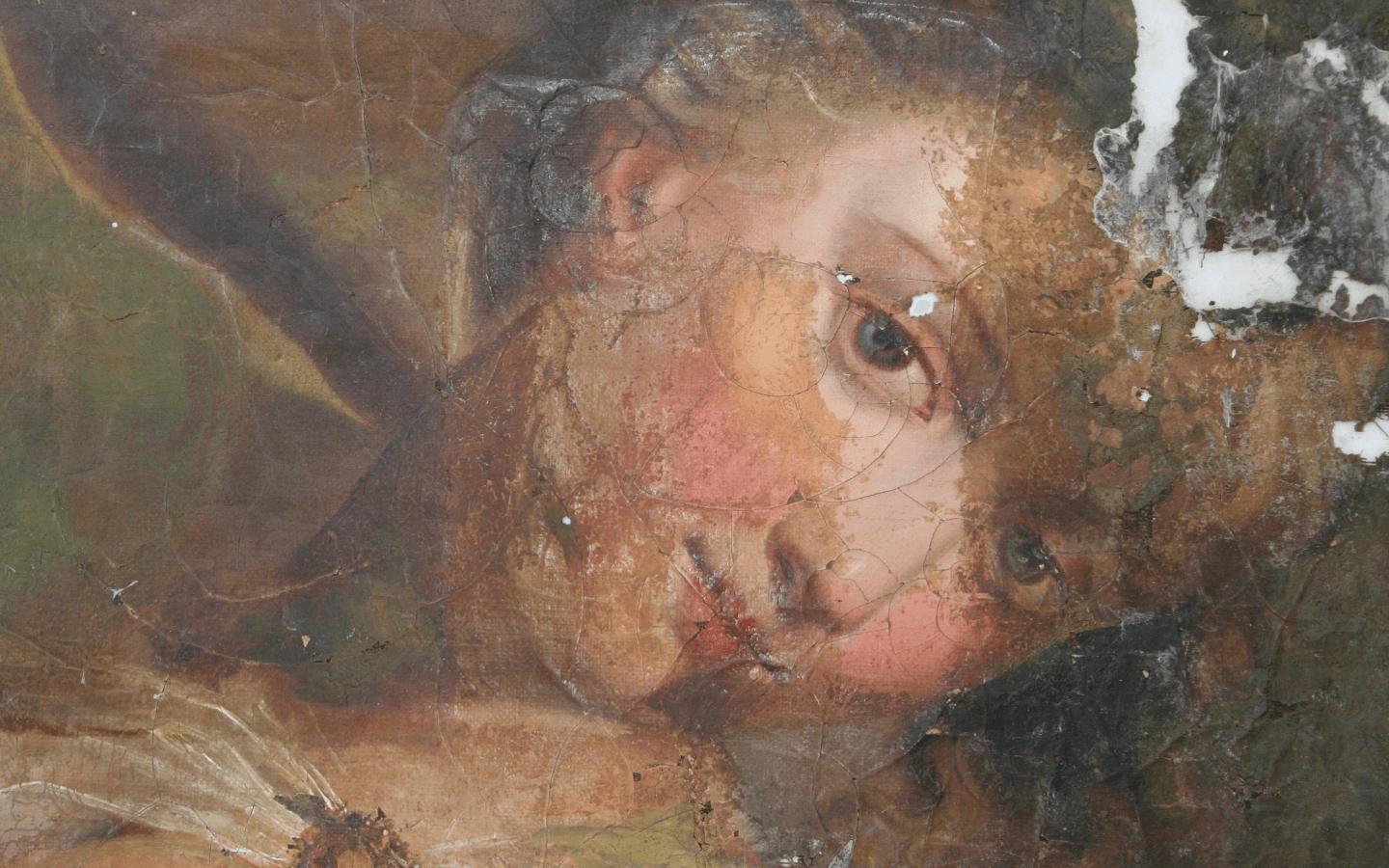About the project
The objectives of the proposed research are: i) characterisation of stucco-marble materials on selected Baroque altars in Slovenia using non-invasive and micro-invasive analytical techniques. The selected methods will provide information on the presence and distribution of organic and inorganic materials, including those used in small quantities, but which may be important for attribution to workshops and may always have an influence on decomposition processes. The materials identified in the different objects analysed could be important for the differentiation of the stucco-marble workshops operating in the Slovenian territory. In addition, these results may have important implications for the choice of conservation and restoration interventions. (ii) A more detailed overview of the state of conservation of Baroque stucco-marble altars in Slovenia and the identification of material degradation products. These results will help conservators-restorers to select the most endangered objects to treat first. (iii) Research on the most appropriate conservation-restoration treatments. Due to the specific structure of the stucco altarpiece, it is necessary to select treatments that will slow down the deterioration processes, allow the objects to be seen in their original splendour and fill in any damaged areas with suitable materials. (iv) Cataloguing of all the preserved stucco altarpieces and archival studies, together with an art historical analysis of the patronages, architectural models and sculpture, will allow the phenomenon of stucco altarpieces to be adequately studied in the wider Central European territory.
The results of the project will provide important information on a unique and rare decorative technique which, to the best of our knowledge, has not yet been analysed by all the methods proposed in this project. The project will bring a new interdisciplinary approach to cultural heritage research, with a focus on Slovenian territory, but with results relevant to a regional and Central European context.
The Research Consortium is made up of project partners: (i) the Institute for the Protection of Cultural Heritage of Slovenia (ZVKDS; lead partner), headed by project manager Katja Kavkler, who will analyse the material composition and decomposition products in the stucco-marble altars, (ii) the Faculty of Arts (FF), responsible for art historical research, (iii) the Faculty of Chemistry and Chemical Technology (FKKT), who will carry out analyses complementary to the ZVKDS, and (vi) the Academy of Fine Arts and Design (ALUO), in charge of conservation and restoration research. The working group has experience in cultural heritage research in a number of fields, using a variety of methods that can be applied to the present study. The participating organisations have all the necessary equipment and know-how to carry out the project. The results of the research will be presented to the professional and lay public in the form of articles, lectures, workshops and an online catalogue.
The research project will be divided into 4 work packages (WP):
DS1: Stucco-marble altars in Slovenia: technical art history (months 1-12, lead partner: ZVKDS)
Within the framework of this work package, an art-historical and archival survey and a preparatory survey of the material of stucco-marble altars in Slovenia will be carried out. The team will carry out interdisciplinary field research, including non-invasive material analysis, micro-sampling, art-historical survey and conservation and restoration survey of Baroque stucco-marble altars. Long-term monitoring of microclimatic conditions will be established at selected sites. On the basis of the survey, the altars will be selected for a more detailed analysis under DS3.
Task 1.1: Art history and technology of stucco-marble altars in Slovenia (1st-3rd month, Faculty of Arts)
Task 1.2: Interdisciplinary field research (months 4-12, ZVKDS, FF, ALUO, FKKT)
Task 1.3: Sampling (months 4-12, ZVKDS, FKKT)
Task 1.4: Monitoring of microclimatic conditions (months 4-12, ZVKDS, FKKT)
DS2: Art History Research and History of Conservation Interventions (Month 3-30, lead partner: FF)
In this work package we will focus on art historical research on workshops in Styria and Carniola and their organisation, as well as on an overview of the commissioners of stucco marble altars. We will also be interested in the history of conservation interventions as recorded in written sources. We will also prepare an art historical analysis of individual heritage objects in a broader context.
Task 2.1: Workshop practice in written sources and in practice (Month 3-12, FF)
Task 2.2: Workshops and their organisation in Styria and Carniola (13-22th month, FF)
Task 2.3: Commissioners of stucco-marble altars (21-30th month, FF)
Task 2.4: History of conservation and restoration interventions (Month 12-24, FF)
DS3: Materials analysis and decomposition (months 3-30, lead partner: ZVKDS)
The third work package will focus on the analysis of the materials used to make the stucco marble, their preservation and their degradation products in the laboratory, mainly based on the analysis of microsamples taken. The results will be synthesised into a systemic material. At the same time, an assessment of the condition of the selected objects will be carried out from a conservation and restoration point of view and from a material point of view.
Task 3.1: Examination and preparation of samples (months 3-20, FKKT, ZVKDS)
Task 3.2: Research on inorganic materials (Month 6-24, ZVKDS)
Task 3.3: Research on organic materials (6-24 months, ZVKDS, FKKT)
Task 3.4: Classification of identified materials (20-30th month ZVKDS, FKKT, ALUO)
Task 3.5: Assessment of the state of the materials (20-30th month ZVKDS, FKKT, ALUO)
DS4: Interpretation, management and dissemination (months 1-36, Lead Partner: FF)
The final work stream will focus on interpretation and dissemination of results and project management. We will compare the results of DS1 and DS3 with DS2, prepare an online catalogue, work with the professional and lay public and students of all three participating faculties, publish papers presenting the results, organise a workshop for experts and publish recommendations for conservation and restoration interventions on stucco-marble altars.
Task 4.1: Materials: historical and contemporary characterisation (13th-36th month, ZVKDS, FF, FKKT, ALUO)
Task 4.2: Development of guidelines for conservation and restoration interventions (18th-36th month, ZVKDS, FF, ALUO)
Task 4.3: Dissemination (months 1-36, ZVKDS, FF, FKKT, ALUO)
Task 4.4: Data management (months 1-36, ZVKDS, FF, FKKT, ALUO)
